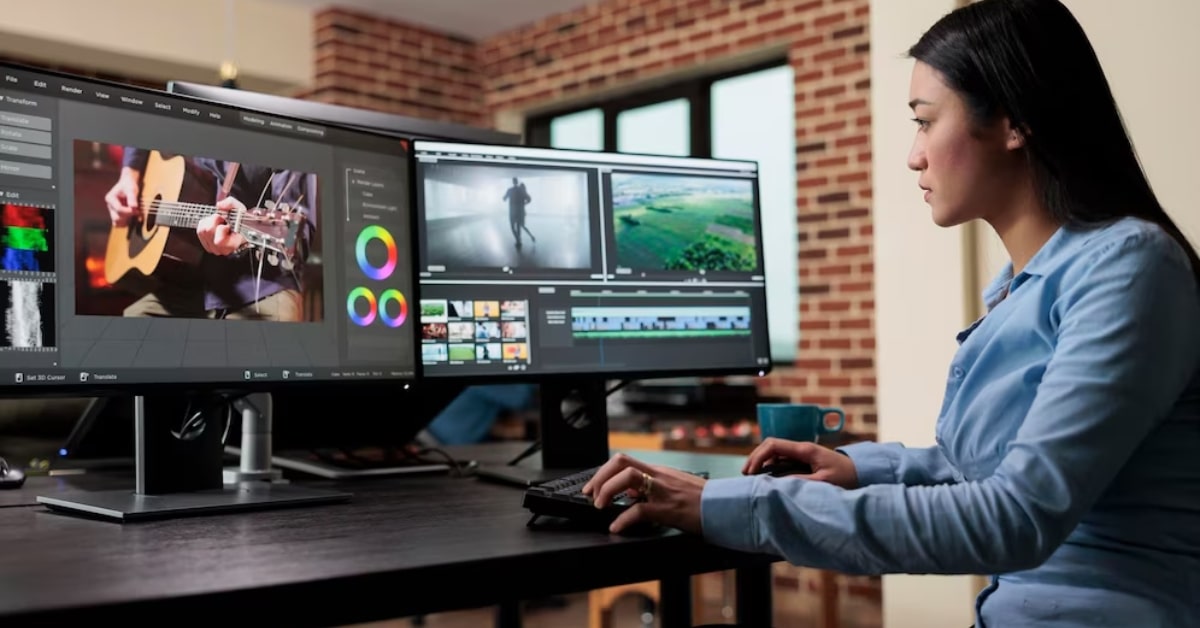Adobe Photoshop is the gold standard in the world of photo editing, known for its unparalleled capabilities to transform ordinary photos into extraordinary works of art. Whether you’re a professional photographer, a graphic designer, or an enthusiast looking to enhance your images, mastering photo editing in Photoshop is a valuable skill. In this comprehensive guide, we’ll explore the vast landscape of Photoshop editing, from the basics to advanced techniques, empowering you to unleash your creativity and take your photos to the next level.
Power of Photo Editing in Photoshop
Photoshop is renowned for its ability to:
- Enhance Visuals: Elevate the quality and aesthetics of your photos.
- Creative Freedom: Transform images to match your artistic vision.
- Professionalism: Deliver polished and high-quality visuals.
- Endless Possibilities: Explore a vast range of editing techniques and effects.
Why Choose Photoshop for Photo Editing?
Adobe Photoshop stands out for several reasons:
- Robust Editing Tools: Photoshop offers a comprehensive suite of editing tools and features.
- Industry Standard: It is widely used in the professional photography and design industries.
- Creative Flexibility: Photoshop enables both basic touch-ups and complex creative editing.
- Extensive Resources: A wealth of tutorials, plugins, and add-ons are available.
Getting Started: The Basics of Photoshop Editing
A. Workspace Setup:
- Familiarize yourself with the Photoshop interface.
- Customize your workspace to suit your editing style.
B. File Management:
- Open, save, and organize your image files effectively.
- Understand the importance of file formats like PSD and JPEG.
C. Image Cropping and Resizing:
- Learn how to crop and resize images for various purposes.
- Maintain image quality while making adjustments.
4. Essential Photoshop Tools and Features
A. Selection Tools:
- Master selections using tools like the Marquee, Lasso, and Magic Wand.
- Use selections for precise edits and adjustments.
B. Layers and Masks:
- Understand the power of layers and how to use masks for non-destructive editing.
- Create complex compositions with layer blending.
C. Adjustment Layers:
- Explore the world of adjustment layers for color correction, exposure, and more.
- Maintain flexibility in your editing process.
Advanced Photoshop Editing Techniques
A. Retouching and Restoration:
- Learn advanced retouching techniques for flawless skin, object removal, and photo restoration.
- Use the Healing Brush, Clone Stamp, and Frequency Separation.
B. Color Grading and Correction:
- Achieve precise color correction and creative color grading.
- Use tools like Curves, Levels, and Color Balance.
C. Composite Images:
- Combine multiple images to create captivating composites.
- Master techniques like masking, blending, and perspective correction.
6. Common Photoshop Editing Mistakes to Avoid
- Over-editing: Avoid excessive adjustments that make your photos appear unnatural.
- Ignoring Image Quality: Be mindful of image resolution and quality.
- Neglecting Color Consistency: Ensure consistent color balance throughout your edits.
Conclusion
Photo editing in Photoshop is a skill that opens the door to endless creative possibilities. Whether you’re enhancing personal photos, working as a professional, or pursuing artistic endeavors, understanding the basics and exploring advanced techniques will empower you to transform images in ways you never thought possible. Embrace the world of Photoshop editing, experiment, and watch your visual storytelling reach new heights.
FAQs
Yes, Photoshop is suitable for beginners. Start with basic edits and gradually explore more advanced features.
Photoshop offers an extensive toolkit for a wide range of editing tasks, making it a versatile choice for professionals.
Yes, there are numerous tutorials, courses, and forums dedicated to learning Photoshop.
Yes, Photoshop provides non-destructive editing through the use of adjustment layers and masks.
This page was last edited on 18 February 2024, at 10:22 am
